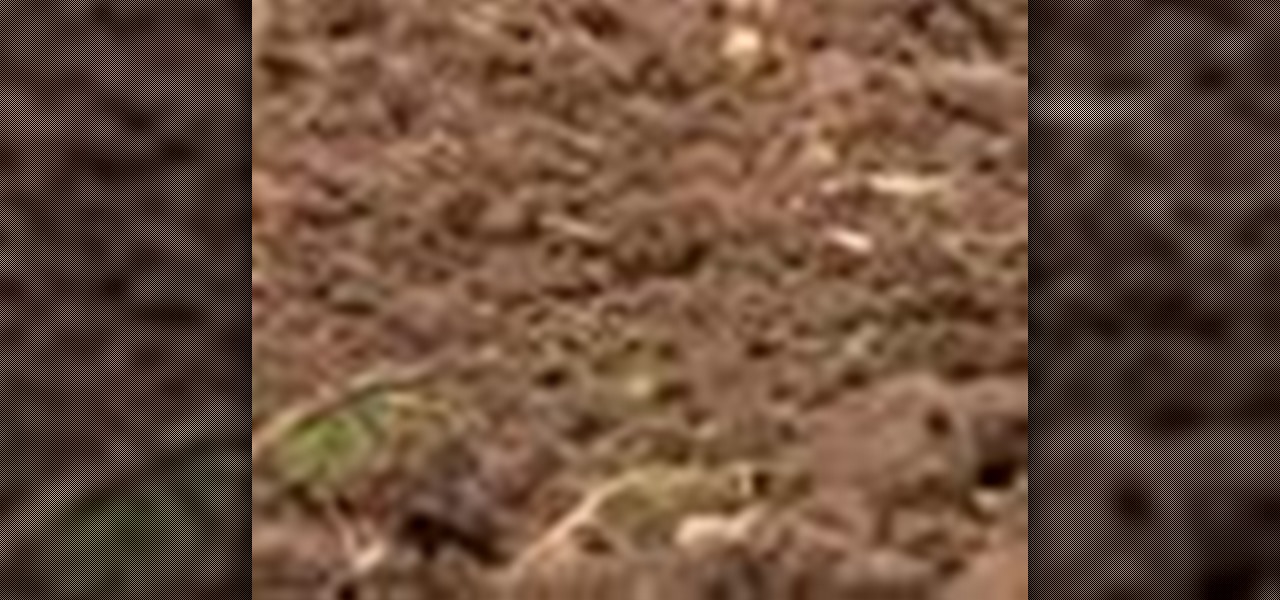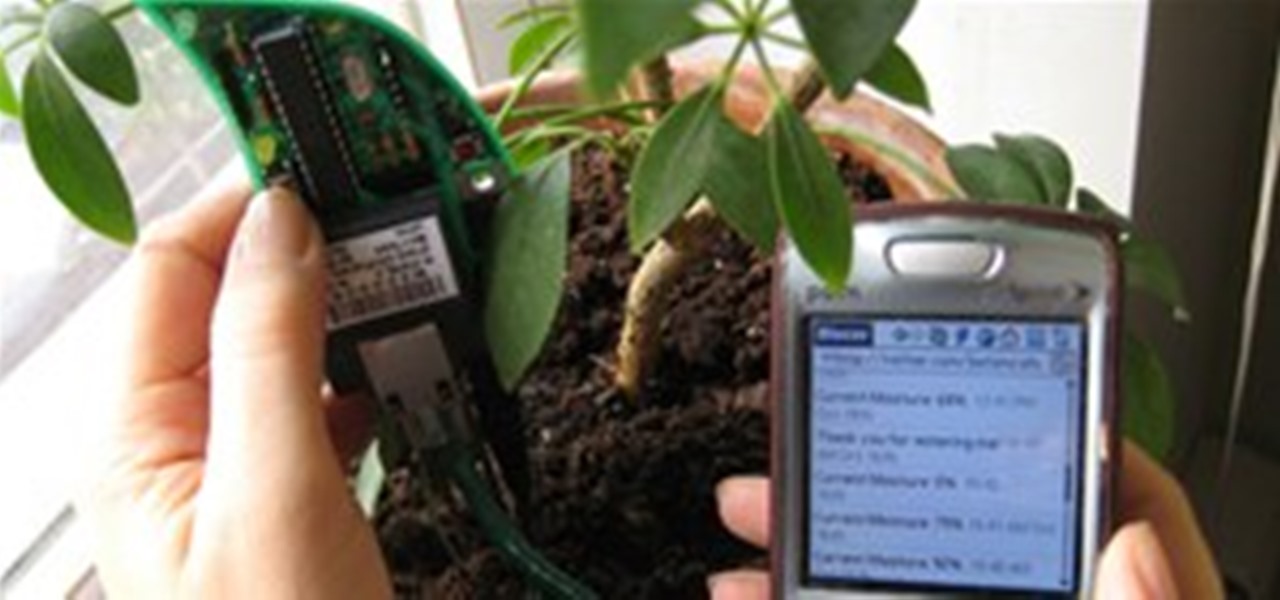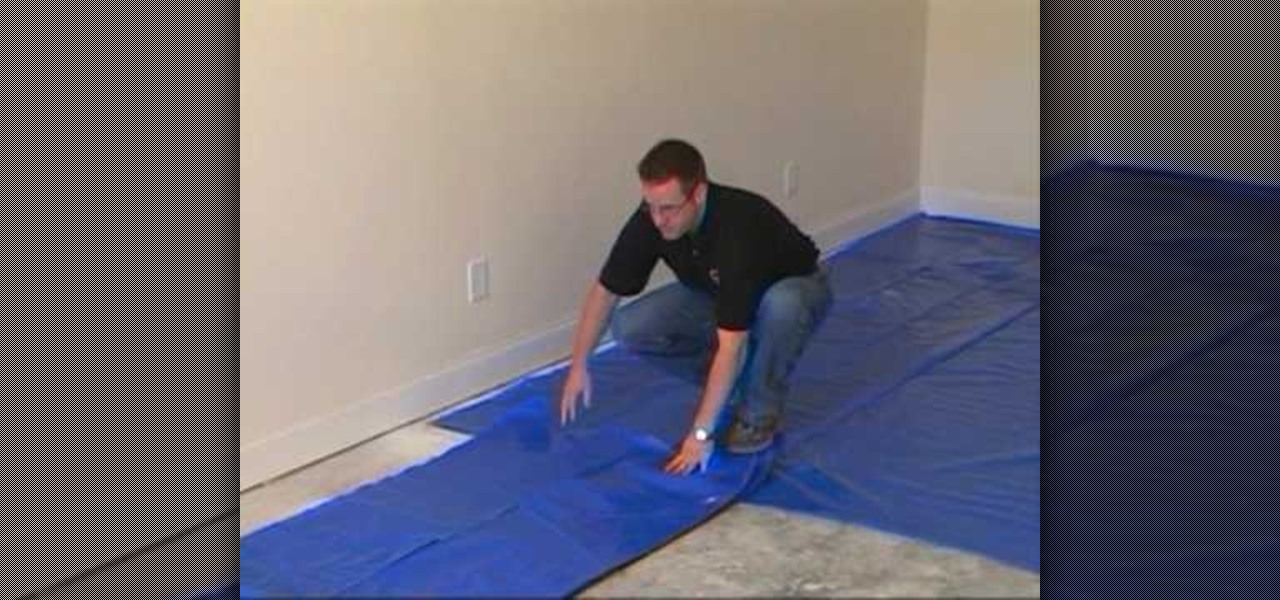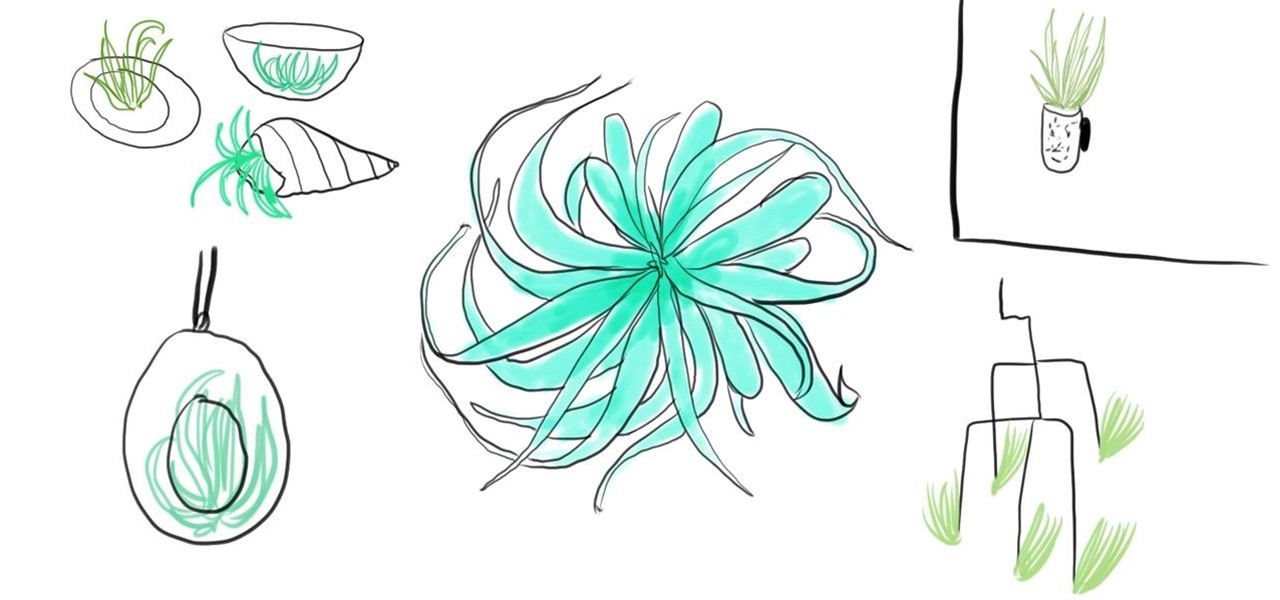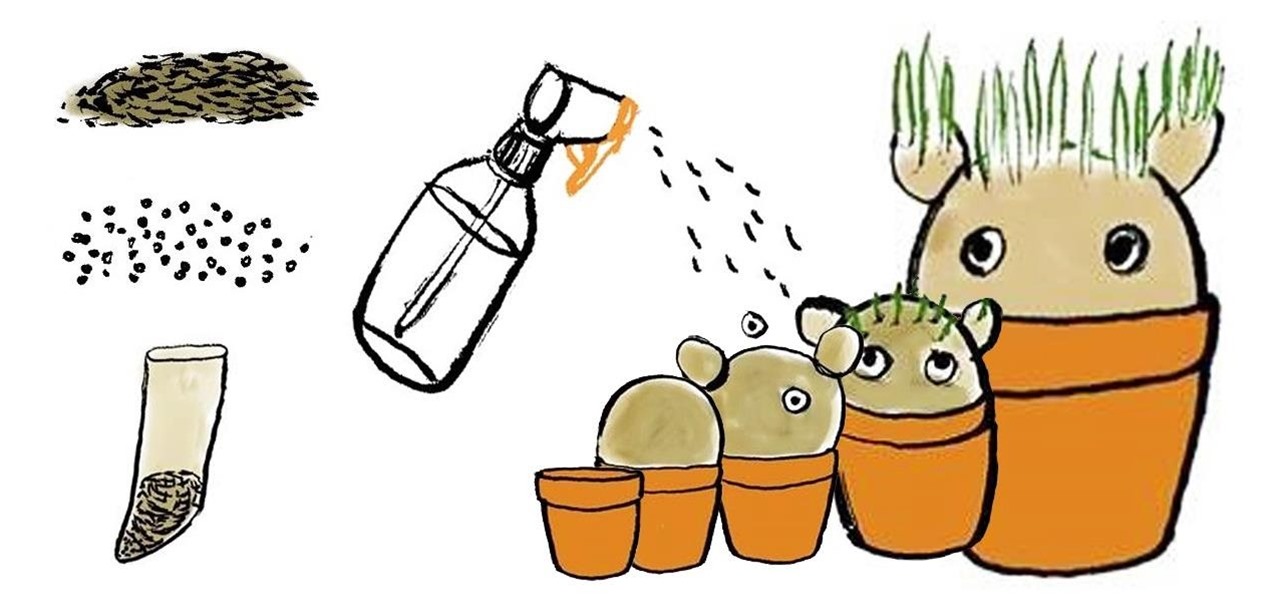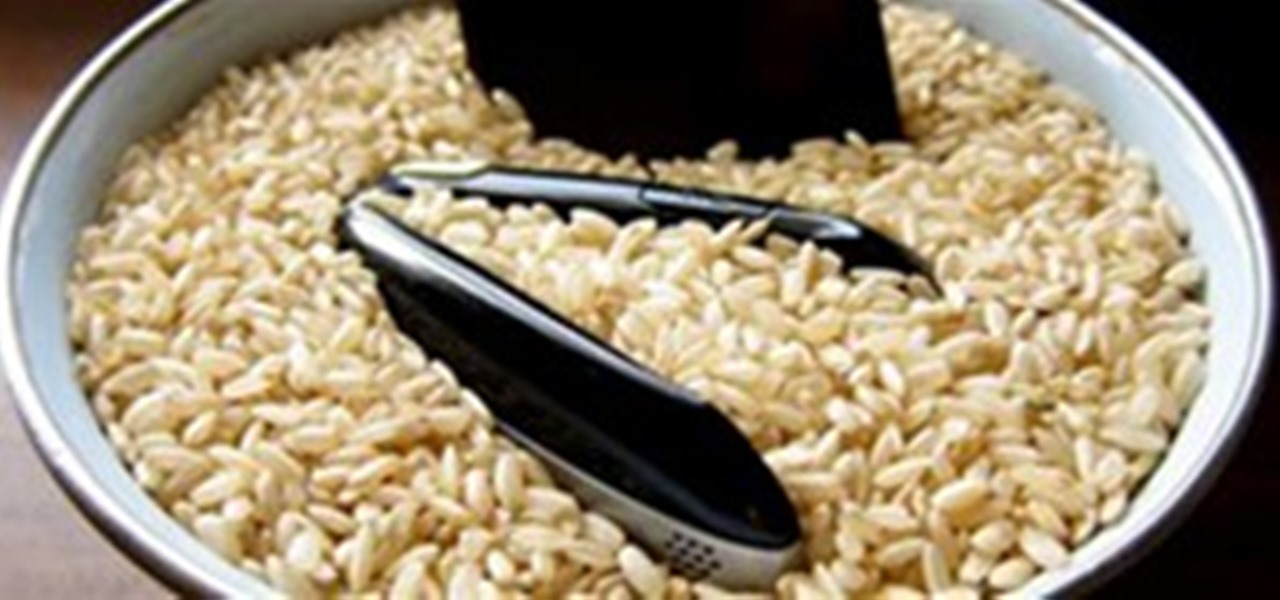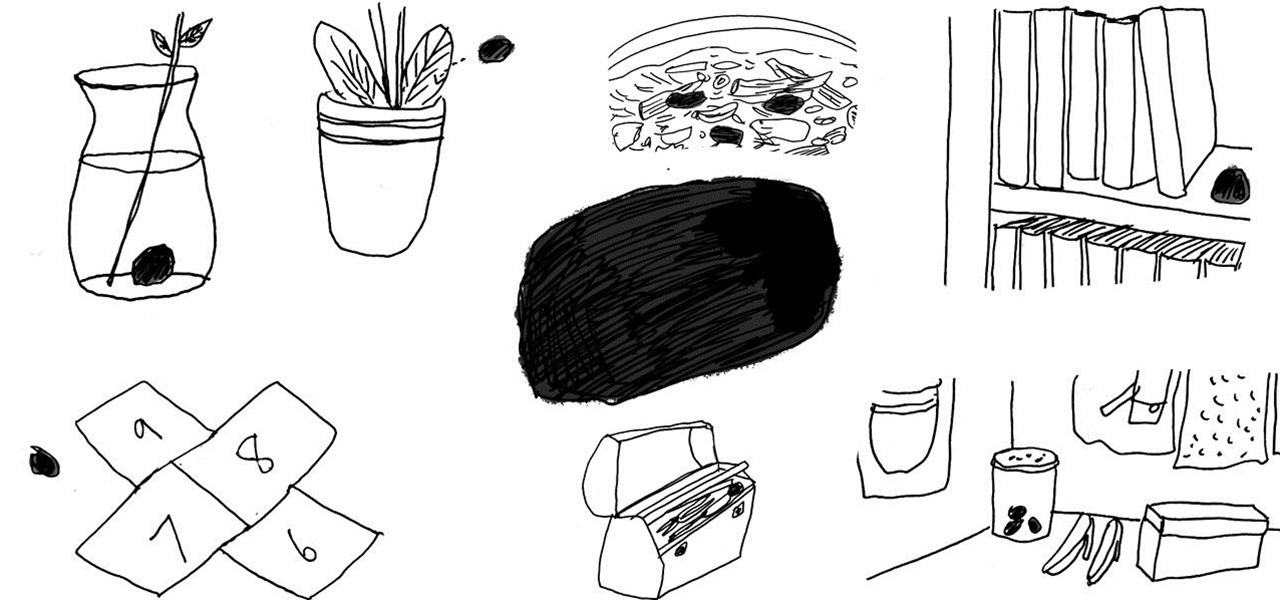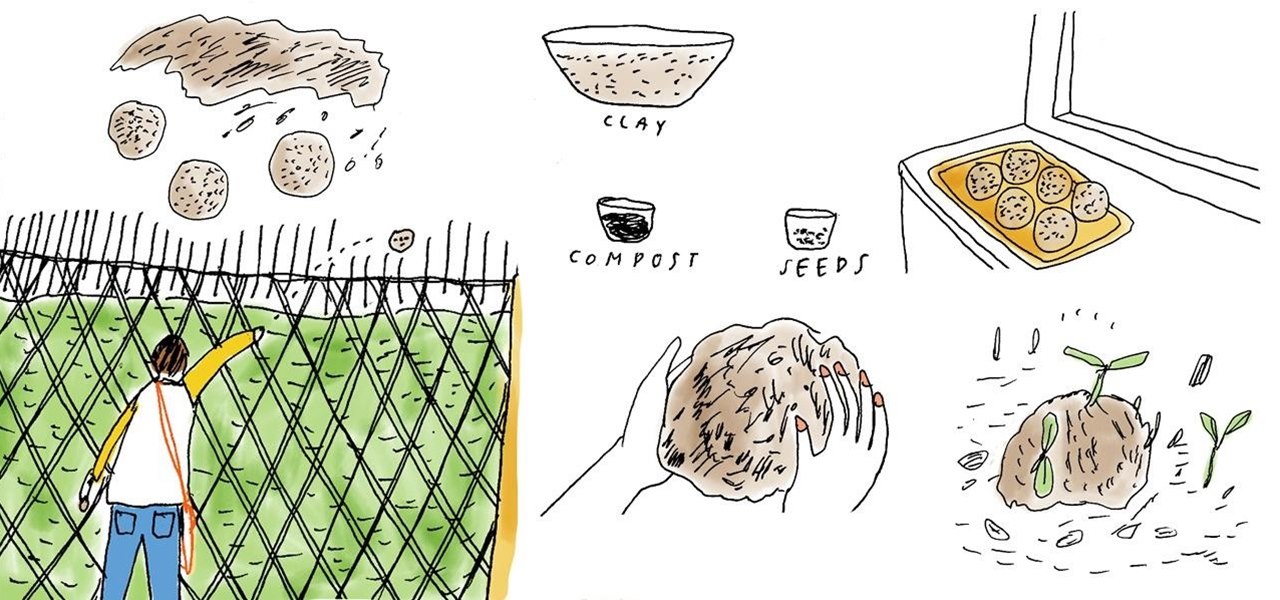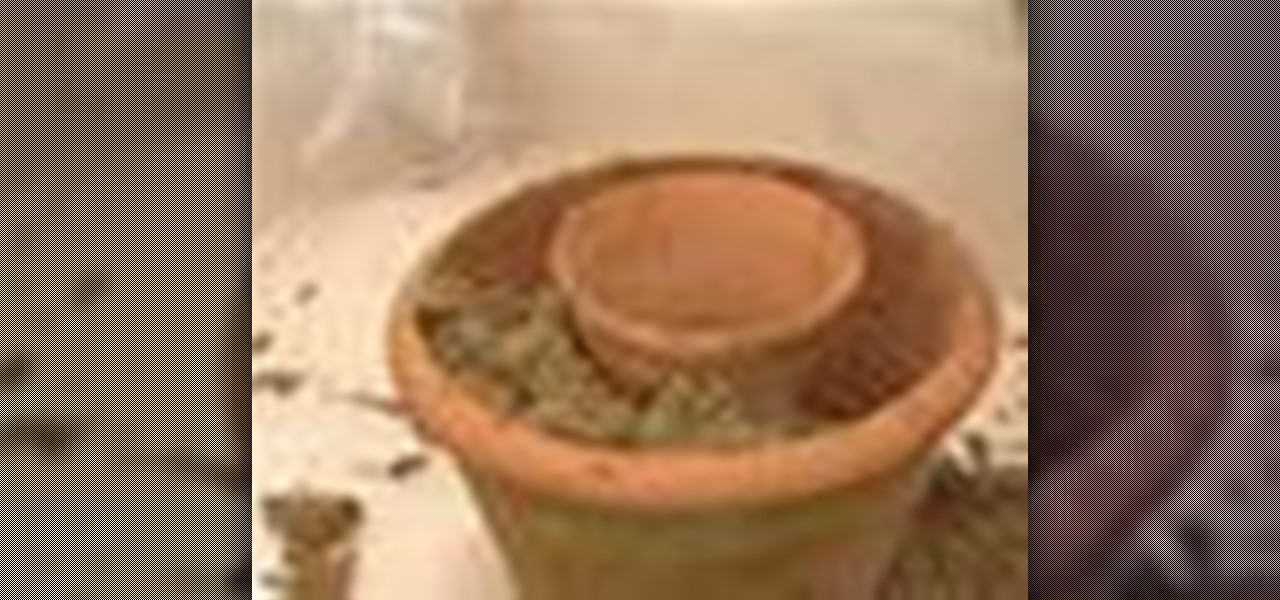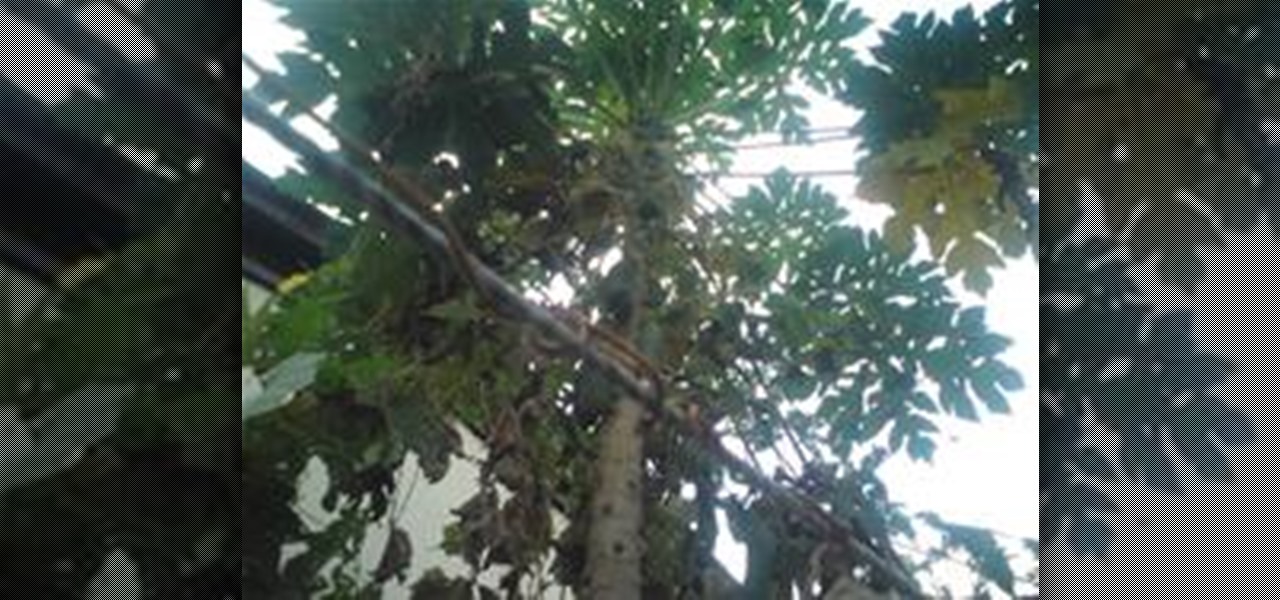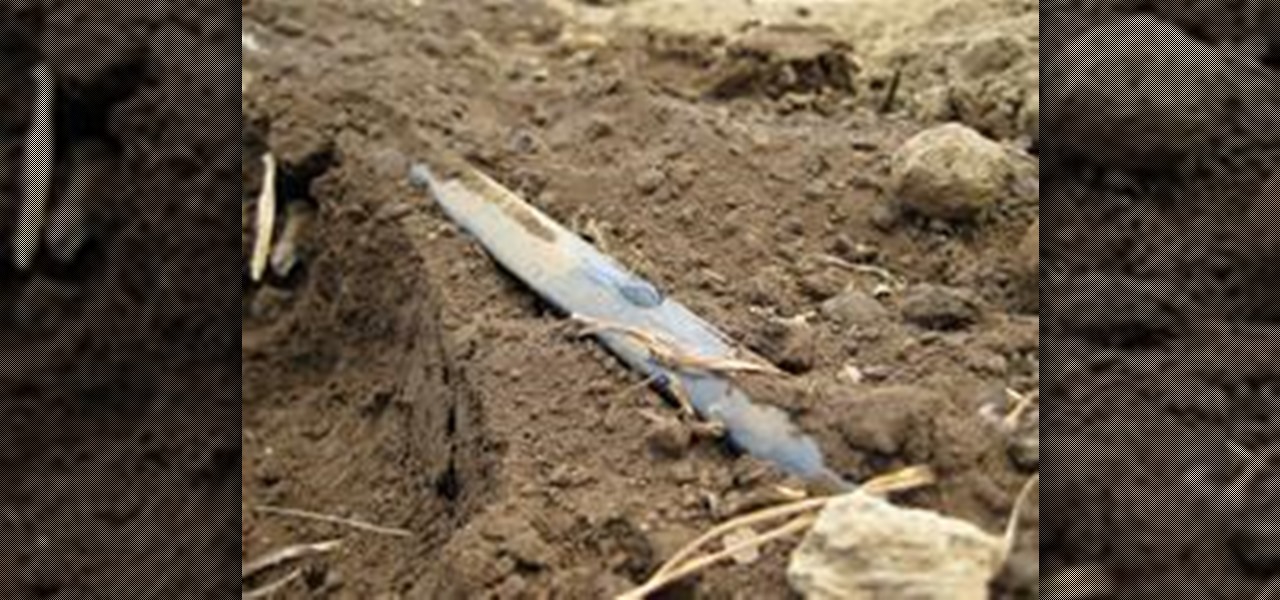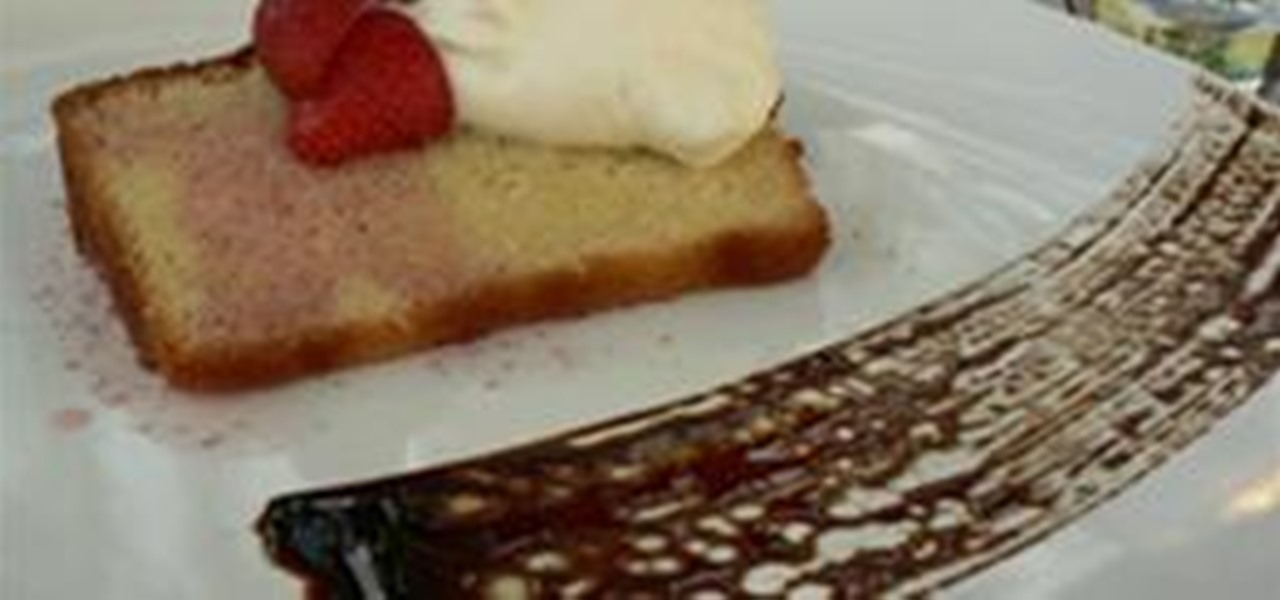
Apple Watch owners know there's a built-in way to remove water from the device's speaker. However, even though modern iPhones are IP67 and IP68 water resistant, there's no official way to deal with water-clogged speakers that can muffle audio and cause prolonged damage if not ejected. Older iPhone models have it even worse, but there are some easy things you can do to get that water out.
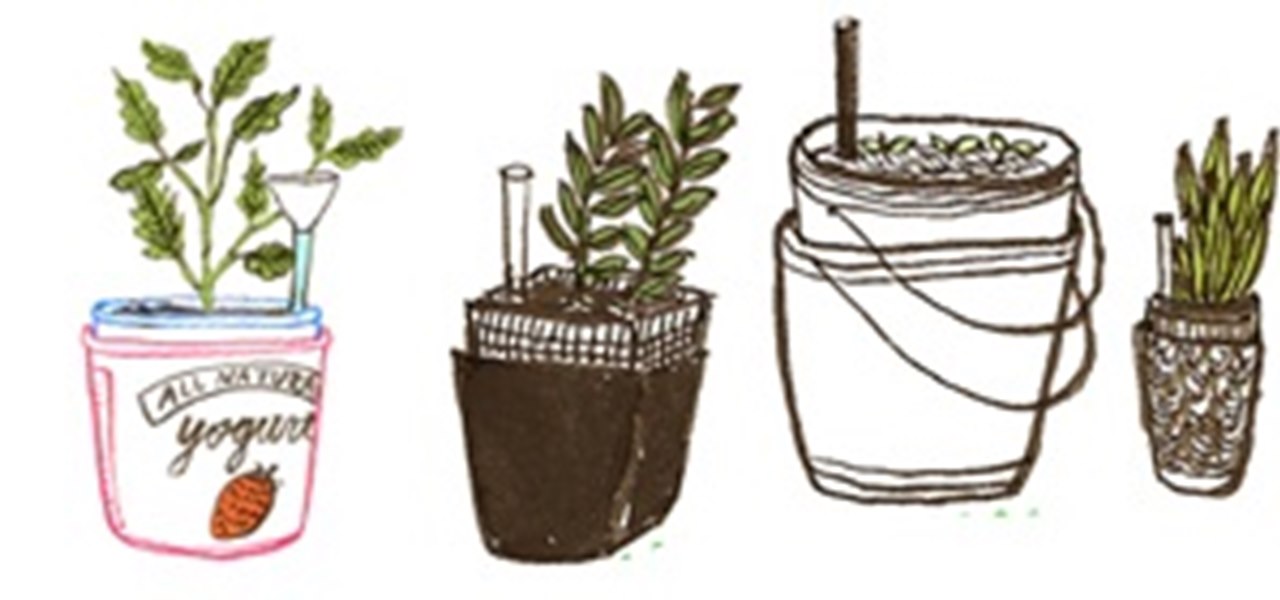
Do you have an excess of empty yogurt containers? Do you also happen to have a green thumb? Put two and two together to make a DIY self-irrigating planter for your next tomato plant, herb garden or whatever green growing thing suits your fancy.
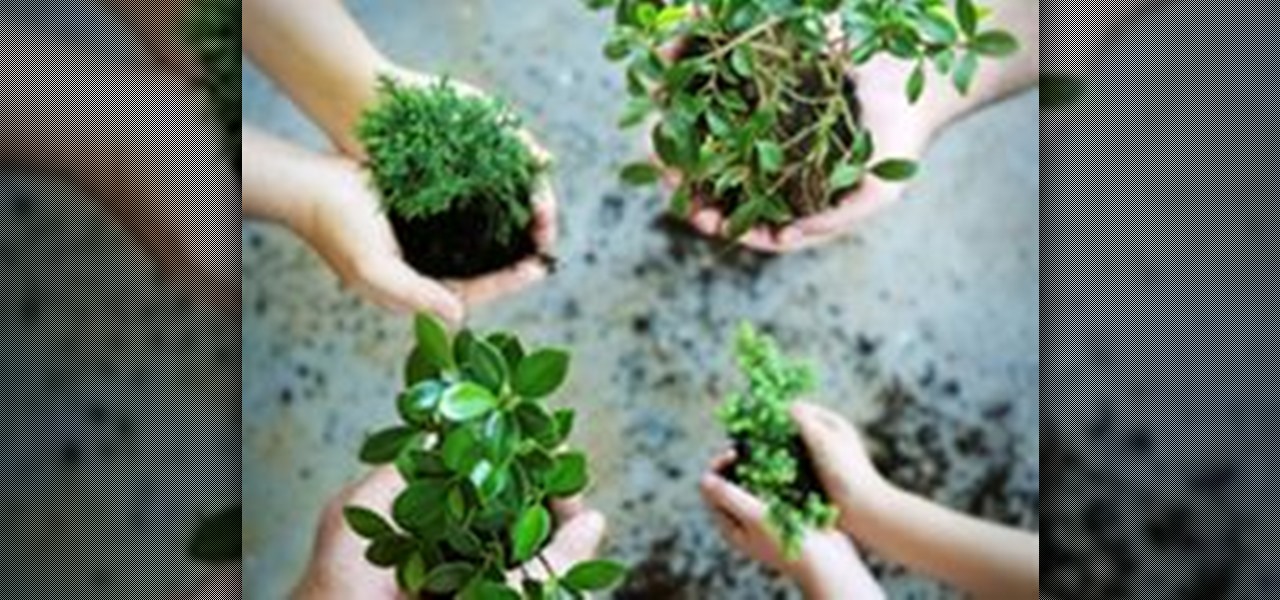
Every experienced gardener knows that the secret to better blooms, brilliant greens, and tastier fruits and vegetables is a healthy soil. Improving the soil before you plant is the best head start to growing healthy, hardy growth in your garden.
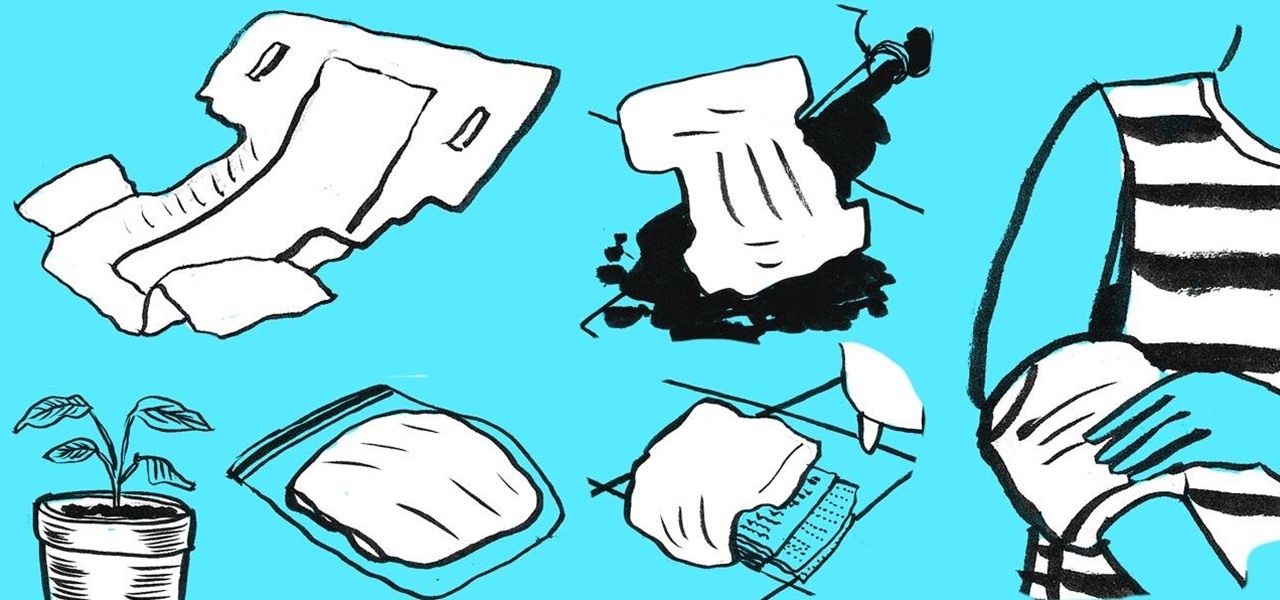
Need to keep your beloved houseplant alive while you're on vacation? Repot the plant with a disposable diaper at the bottom of the flowerpot before covering with soil; the diaper will help retain soil moisture at the bottom, which will keep your plant properly hydrated for a good window of time while you're gone.
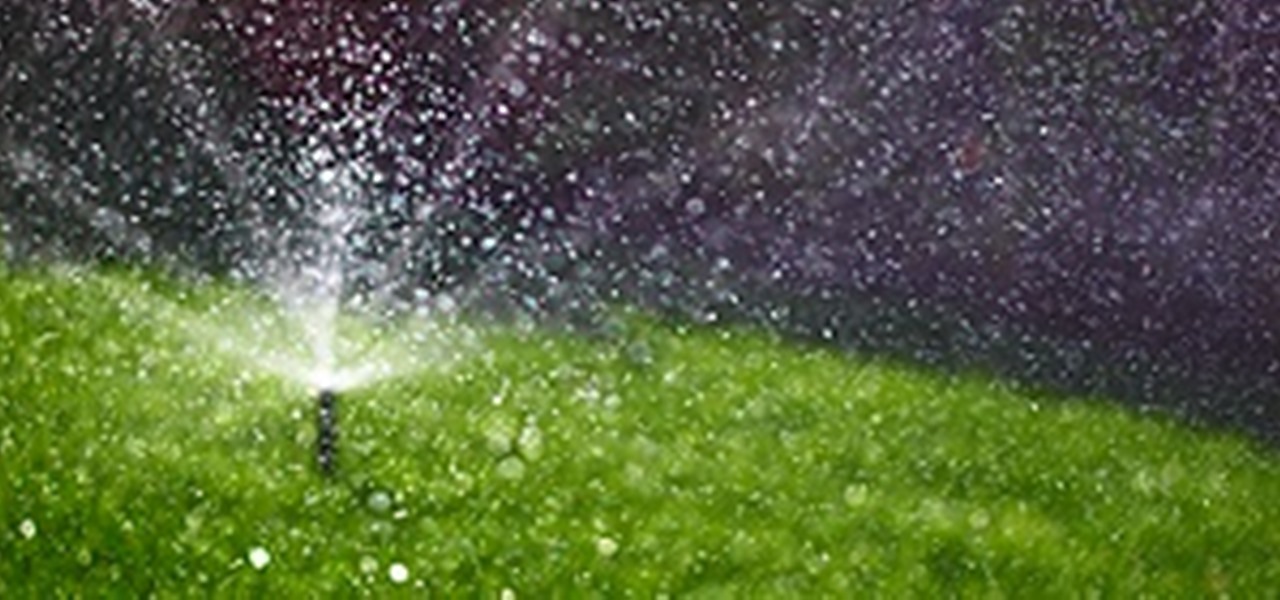
Spring has sprung, which means it's time to plant all those delicious vegetables and lucrative cash crops. If you are like me, every year you meticulously plan every aspect of your garden before dutifully neglecting it all summer. I decided enough was enough and built this simple automatic watering system.

Video shows how to test soil for pH levels. Testing the soil shows how acidic or how alkaline soil is. Some plants grow better in acidic soil or alkaline soil. Using a pH tester allows to determine which plants you want to use in your soil. Test soil pH.

Discover how to renovate a lawn with Monty Don's video project on preparing soil by digging, forking and raking before laying the turf.

Can't remember when to water the plants? Wish they could just tell you when they need watering—just call you on the phone or something? Or maybe text you, "Help I'm desiccating!" Telecommunications researcher Kate Harman has come up with the device of an absent-minded plant owner's dreams—Botanicalls. It hooks up to your plant and sends you a short text message when the plant is too dry. Each kit costs $99 and includes metal sensors connected to a microcontroller. Insert the sensors into the ...

This video describes the process of installing a moisture barrier over a concrete subfloor. The presenter is using 6 mil thick poly barrier. The barrier comes in rolls about twenty-four inches wide. When rolling out the moisture barrier you want to go from wall to wall and cover the entire floor. For optimal moisture control you will want to overlap the poly barrier by at least six inches. The barrier plastic does not need to be taped or secured to the floor at all, it simply lays on top of t...

Preparation When creating a new lawn it is essential that the soil is prepared properly to ensure a satisfactory outcome when laying turf or sowing lawn seed. Whether you decide to lay turf or seed, the preparation is the same.

For a low-maintenance houseplant with infinite decorating possibilities, look no further than Tillandsia, an epiphytic genus commonly known as air plants. Air plants absorb moisture and nutrients through their leaves and do not need to be planted in soil to stay alive.

This video teaches you how to create the perfect potting soil for your cacti or succulents. A blend for you beautiful pants to grow strong and healthy.

In order to accurately test a soil sample for fertility, the first thing that you will have to do is find soil that is representative of the entire area. Also, don't test the soil near a fence. The sample shouldn't be deeper than 6". Scoop up some soil samples. You can use a trowel. Take samples from several areas. Set it aside for a few days, in order to let it dry.

Rob Scott shows us how to plant a rose bush. Roses should be planted in late autumn or early spring. Start by preparing the rose, then the soil, and add fertilizer to the soil. Watch video for best results. Plant a rose bush.

From the beaches of Florida to the mountains of California, learn how wind, water, ice and gravity can erode big rocks into smaller rocks, and eventually into soil.In this video you will learn how small rocks mix with organic material and become soil. There are a number of other ways shown that breakdown rocks. This video was made by Robert Krampf! Understand erosion of rocks.

Bodily fluids aren't pretty and even less pretty on your clothes. Learn how to get rid of them all. Remove body soil stains from your clothes.

Learn how to protect your home from dust mites and all other critters. They explain about moisture and how to get rid of it. If you have moisture, mites and bugs will come. Use pillow covers and air purifiers to help fight mites. Prevent dust mites.

Watch this video from This Old House to learn how to plant a tree in poor soil. Steps:

If you missed out on the Chia Pet craze from the '80s and '90s, don't worry—it's never too late to build and make your own weirdly head-shaped thing with grass hair growing on top.

Rob Scott shows how to stop weeds using sheet mulch in which a sheet of fiber membrane is placed over the soil. Subtitles and numbered steps make this video easy to follow. Stop weeds using sheet mulch.

It's one of the most popular queries on the web, meaning the wet electronic disaster is likely a common mishap. There are many answers out there, but if you're lucky enough to have never googled it, pay attention now. You never know when you may drop your cell phone or iPod in the sink...

However much you love your summer barbecue parties, you probably won't be going through your entire bag of charcoal briquettes anytime soon. So, take advantage of your charcoal excess by putting them to good use in other ways!

Build up your arm strength and beautify your local community in a single stroke by dropping homemade seed bombs in and around your neighborhood. A guerrilla gardening technique anyone can participate in, seed bombing is a fun and effective way to add tiny oases of wildflowers and healthy green plants in vacant lots and other overlooked and neglected parcels of land.

Watch Monty Don planting up a sandbox for displaying alpine plants, in our step-by-step video project - with tips for keeping plants cool, and retaining moisture.

Watch this video from This Old House to learn how to remove crabgrass. Steps:

Watch this video from This Old House to learn how to transplant a tree. Steps:

Monty Don offers video guidance on repotting a star jasmine, with advice on retaining moisture and limiting root disturbance.

Discover how to create and maintain acid soil conditions for growing blueberries and cranberries, with Chris Beardshaw's step-by-step video advice.

Monty Don takes you through the process of planting early potatoes with suggestions for soil conditioning and spacing.

Follow Monty Don's guide to planting onions, shallots and garlic, with tips on soil preparation, drainage and compost.

In this video tutorial, viewers learn how to grow plants with Sid the Science Kid. Sid the Science Kid is a half-hour PBS Kids series. To begin, viewers will need a cup filled with soil. Users will be planting a lima bean. Push the lima bean deep into the soil and add some water. Now take the cup and put it at a window sill to receive sunlight. Make sure that you water the plant everyday. Once the plat is too big for the cup, put it into a pot. This video will benefit those young viewers who ...

Combine your passion for drinking soda and growing your own vegetables by making an upside-down tomato planter! This gardening project is especially great for people who have limited space for growing their own green things. To make this, you'll be using an empty soda bottle, aluminum foil, masking tape, twine, potting soil, and other simple materials.

Heat, moisture, dirt, static, and fragile electronics are only some of the many PC dangers that can ruin your PC. Watch this video and get some great tips on how to maintain your Personal Computer Maintain your PC.

Here's an update to the "How Do I Garden?" portion of the Gardening explanation. There's a few extra pictures to explain it all.How do I Plant?

Papaya trees are very vulnerable to transplantation shock. Seedlings tend to recover slowly and poorly after replanting in a new location under a sunny sky. Many internet articles advise that papaya trees should be transplanted without injury to their root systems. Keeping the root systems intact is next to impossible if the papaya seedlings are too close to each other. However, you would be surprised to learn how a papaya tree with serverely broken root systems can survive a transplantation ...

Though silica gel packets clearly instruct you to throw them away (and not eat them), you can actually keep them for a variety of unexpectedly practical uses around the home. Silica gel is a desiccant, a substance that absorbs moisture, which makes these packets perfect for keeping things extremely dry and moisture-free.

Solving a Dilemma This is a simple how-to for a cost effective drip irrigation system for your garden. My motivation to set up my garden for drip irrigation was pretty simple. In the summer, it gets to 90+ degrees outside, and my 50’ garden hose didn’t reach the far extents where I have the majority of my large trees. I noticed a large amount of the water I applied to the trees just ran off and did absolutely nothing. This was a huge waste of resources.

You may follow a recipe for cake, but not really know why beating an egg turns it fluffy, or how to get the right amount of moisture for your cake. This article gives you a better understanding of cake and what makes a cake work. Maybe it'll help you out in your next recipe!

Hydroponics are a method of growing plants using mineral nutrient solutions instead of soil. In this how to video, landscaping expert Max Brown shows us how to make a mobile DIY hydroponics table so you can grow fresh veggies anytime, anywhere. Make your own hydroponic table.

Ordinary invasive fingerprinting techniques, such as dusting, are prone to damaging evidence. Micro-X-ray fluorescence images fingerprints without touching them. By stimulating atoms to emit signature wavelengths of light, MXRF also provides chemical information -- such as traces of soil or saliva left in the fingerprints -- in addition to the print pattern itself. Avoid invasive fingerprinting techniques.








